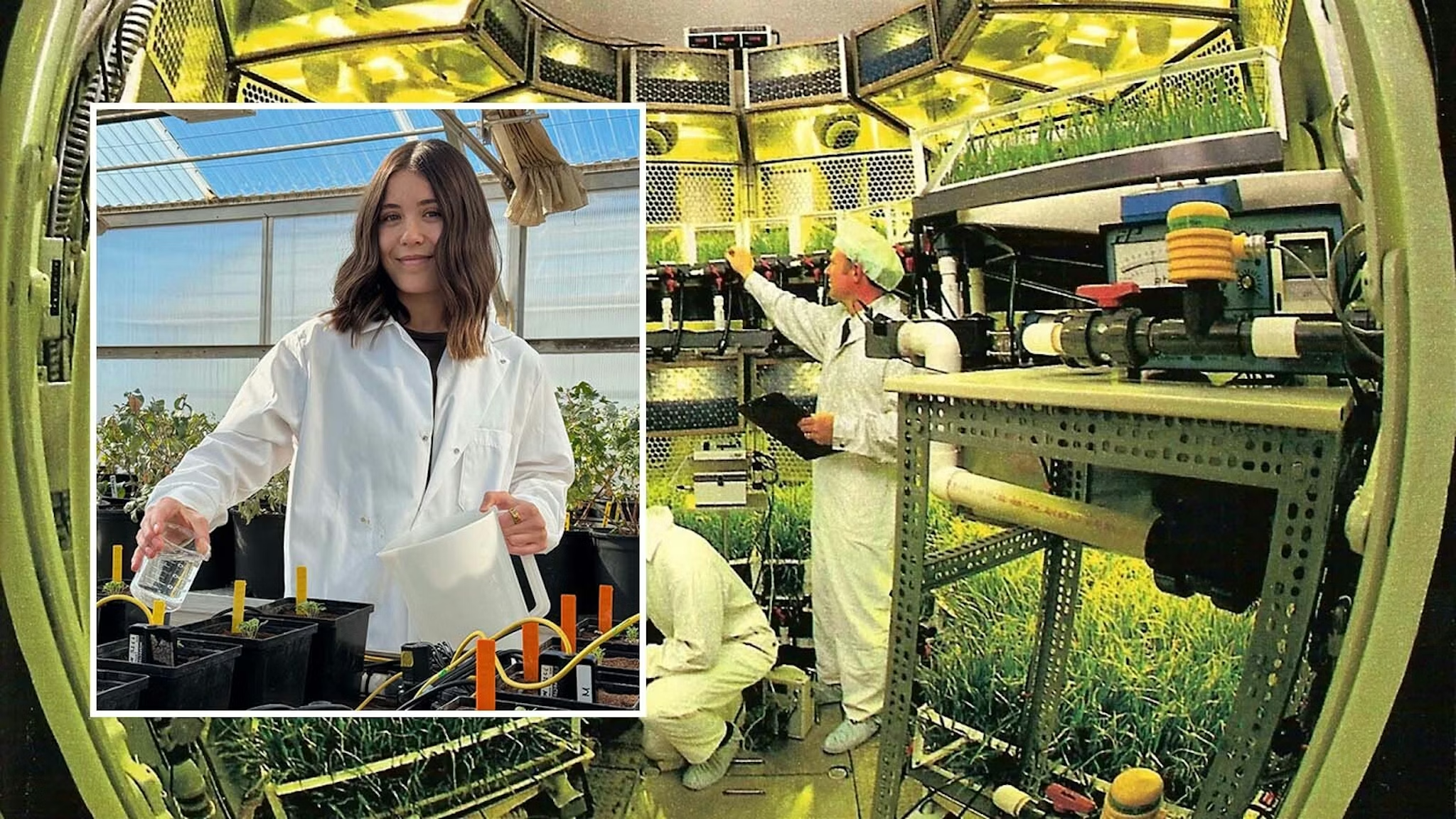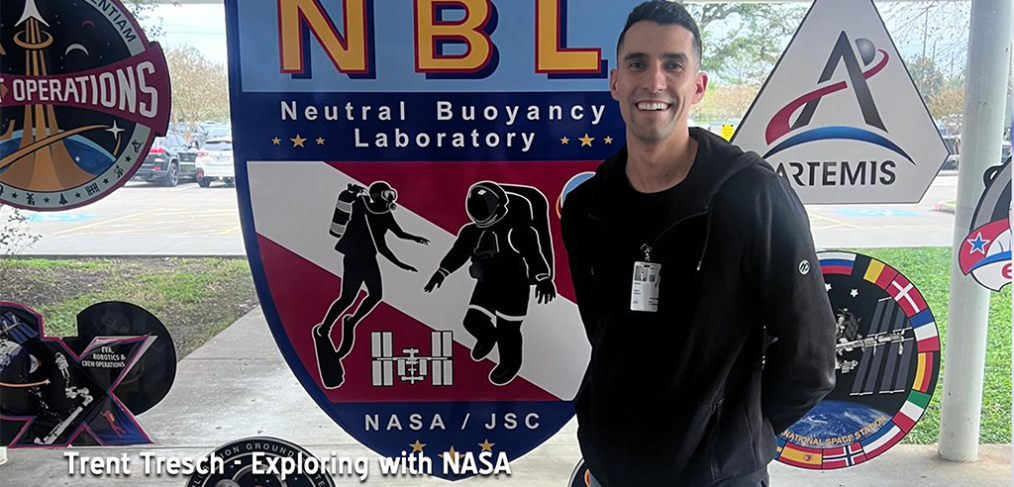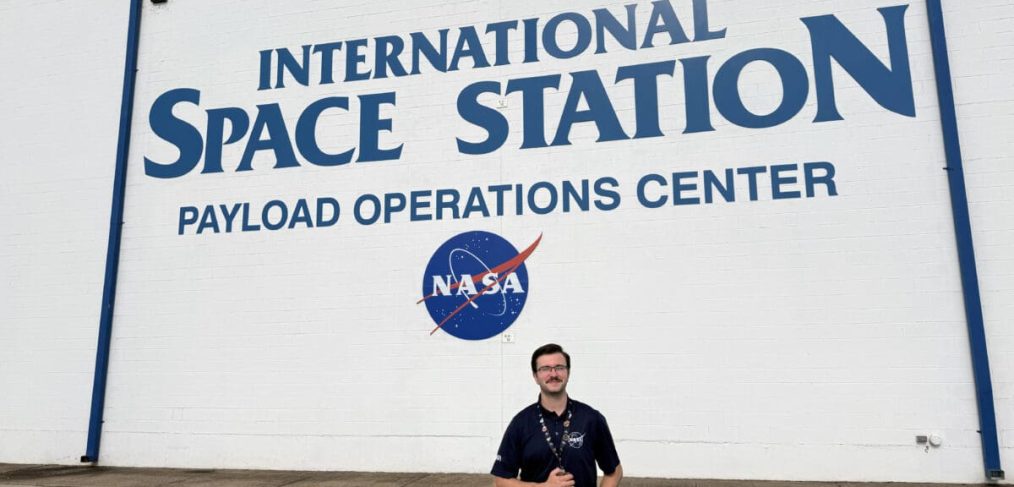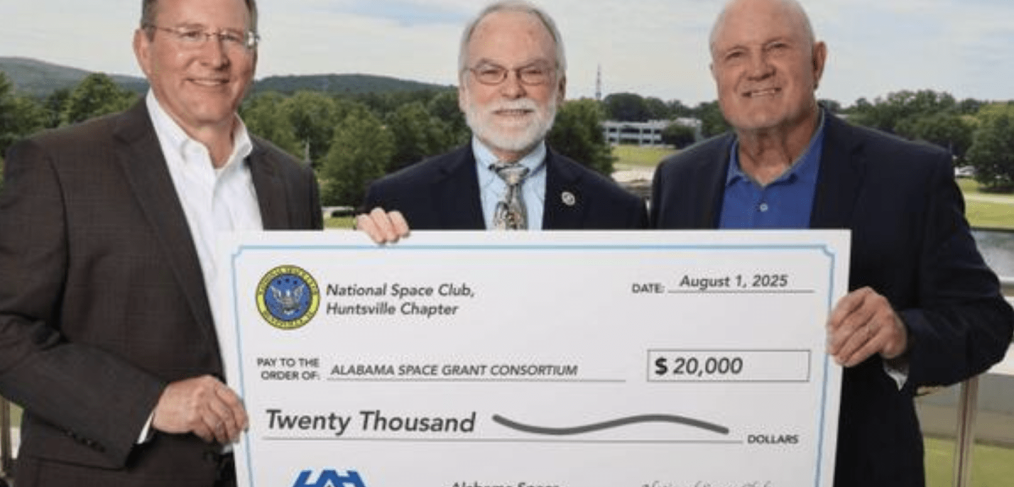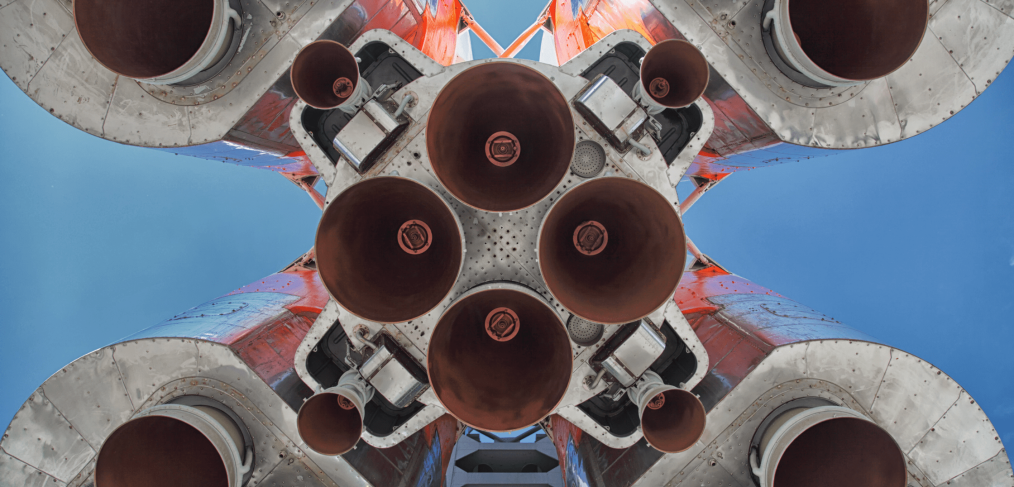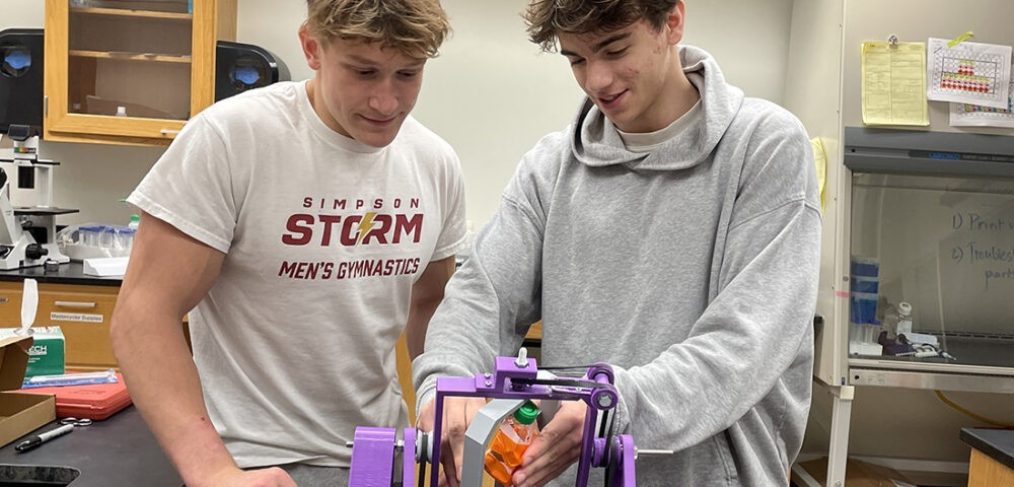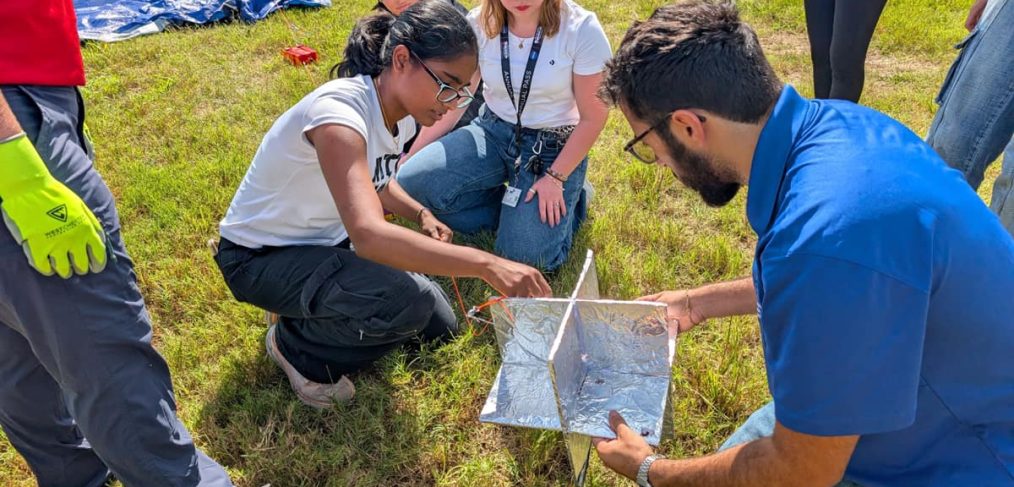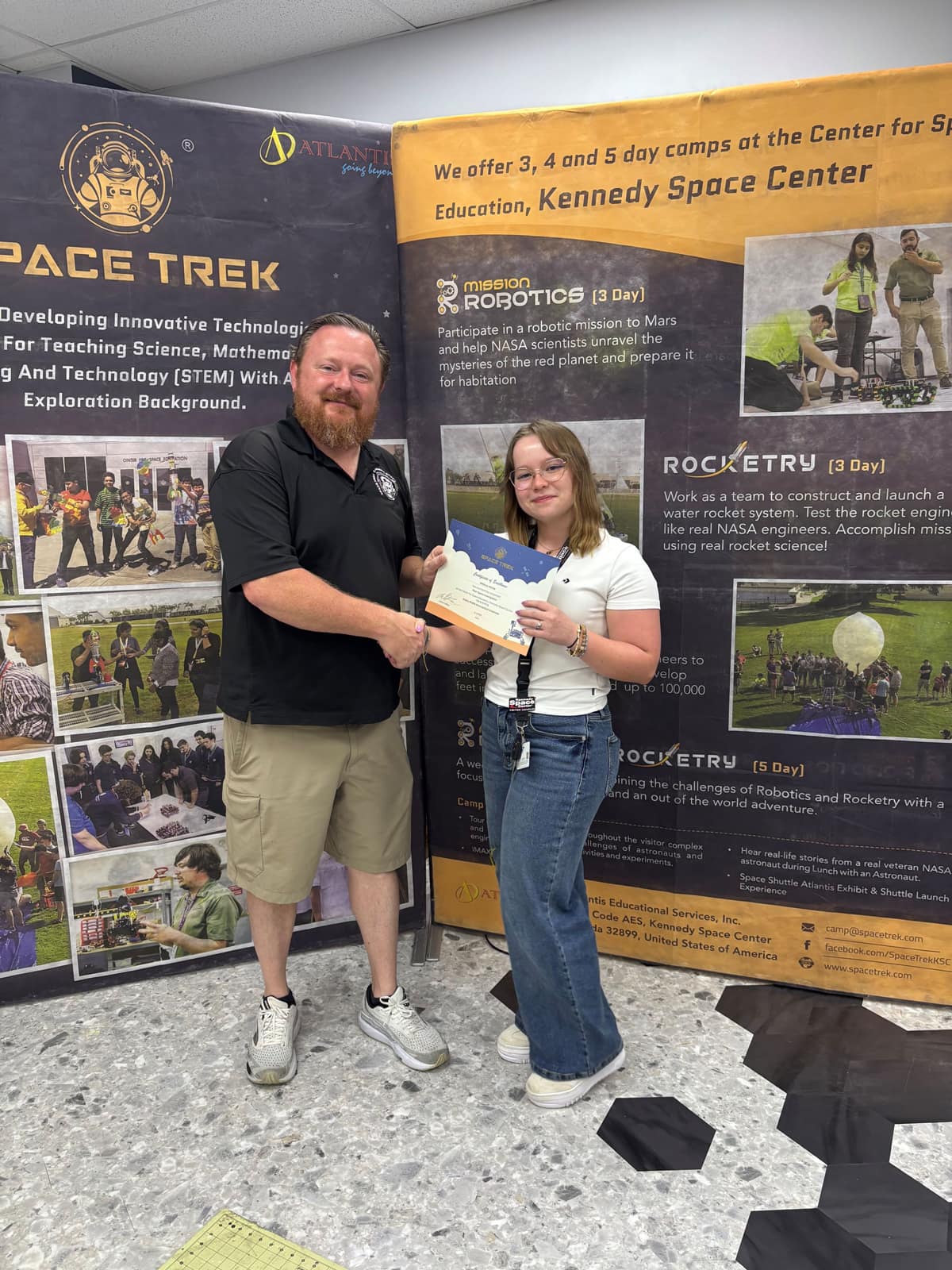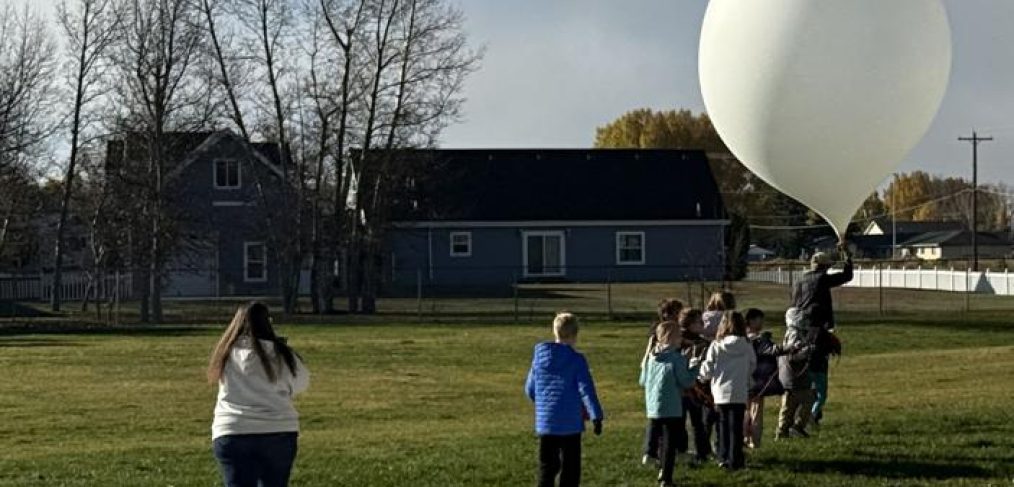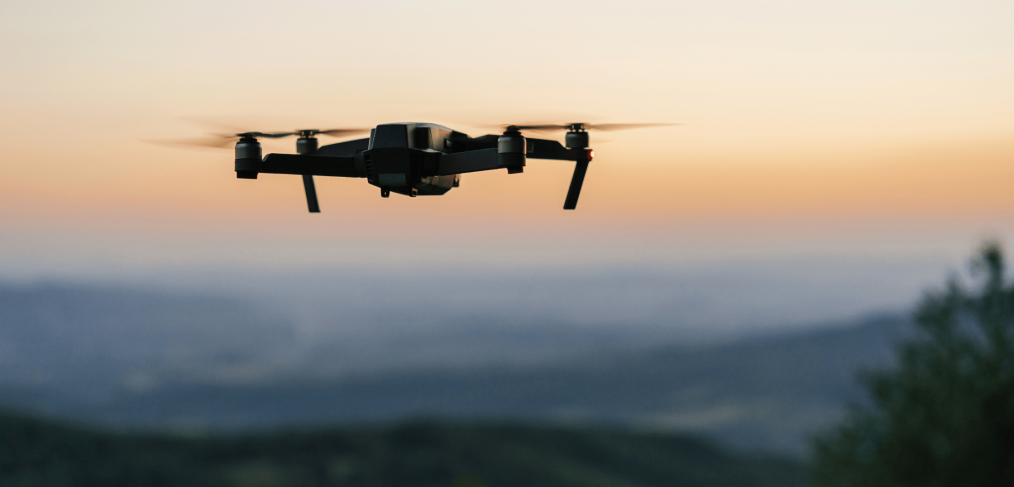The novel agricultural research of a University of Wyoming senior could help NASA pioneer the future of space farming. Growing food in space is a critical component of prolonged exploration of the solar system and beyond.
Drea Hineman, a senior at the University of Wyoming, grew up gardening with her grandfather in Gillette. Now, her novel agricultural research could help revolutionize gardening in space.
Hineman is a research fellow with the Wyoming NASA Space Grant Consortium, which sponsors education and research that can support long-term space missions. Her research is solving one of the most critical problems with “space farming.”
“Space farming sounds crazy, but it’s really important to understand plant behavior in reduced gravity,” Hineman told Cowboy State Daily. “NASA is focused on staying in space for an extended period of time, and they want astronauts to have fresh food.”
Using special systems that mimic water movement in reduced or zero gravity, Hineman has developed a system that will allow fresh lettuce to be grown and harvested in space, and potentially on the Moon and Mars. And she did it all in a greenhouse in Laramie.
Read the full article on cowboystatedaily.com
Author Credit: Andrew Rossi
Image Credit: Paulo Pinto de Mello Neto Photo; NASA
Original Post Date: 11.30.25
